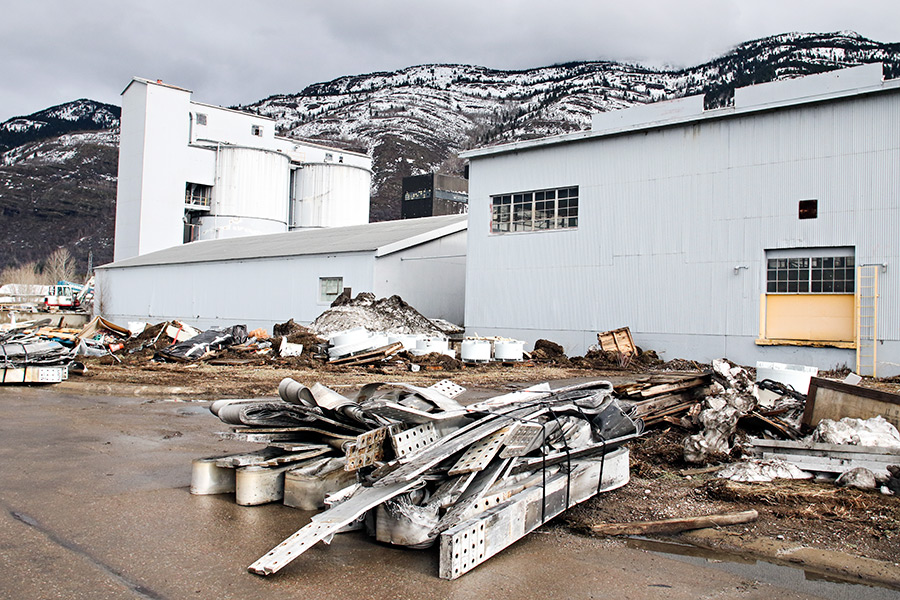Officials from the Environmental Protection Agency are hosting a public information meeting in Columbia Falls this week to provide updates on the Superfund program at the Columbia Falls Aluminum Company site.
The meeting is Thursday, Oct. 5 at 6 p.m. inside the NVH Tea Kettle Community Room, 235 Nucleus Ave. EPA staff will provide updates about the CFAC site and the human health risk assessment and be available to address community questions and concerns.
The EPA listed the CFAC site on the National Priorities List in fall 2016, designating the 960-acre property for Superfund investigation and eventual cleanup. Crews have been collecting soil, river sediment and ground and surface water samples across the property as part of the latest investigation.
The first round of sampling results, announced in April, confirmed what many had suspected: landfills throughout the property contained decades’ worth of hazardous byproducts and harmful elements, including highly poisonous cyanide, as well as fluoride, arsenic and corrosive metals and oxides. The roughly 700 samples that were collected from soil and water sources throughout the property showed various degrees of contamination.
The research identified relatively small, but not insignificant, amounts of cyanide throughout the property. Less than 1 percent of all soil samples exceeded the EPA’s recommended screening levels for the poisonous material. High concentrations were detected in the groundwater near the west landfill and so-called West Scrubber Sludge Landfill. There was also a slight detection of cyanide in Cedar Creek near the northwestern end of the property, which has prompted additional evaluation.
An underground water plume has been identified and is moving toward the river, but its concentrations decrease the further south it travels, according to EPA officials.
By the end of this year, the EPA plans to release a risk assessment work plan, which will outline any environmental and human health dangers associated with contamination at the industrial site.
